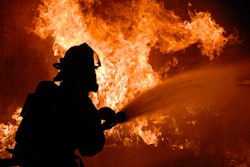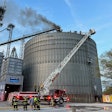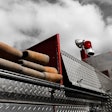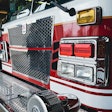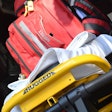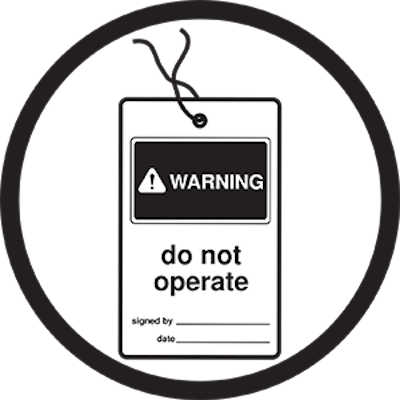
The Occupational Health and Safety Administration’s (OSHA) Grain Handling Standard 1910.272 requires that “all mechanical, electrical, hydraulic, and pneumatic equipment which presents a danger to employees inside grain storage structures shall be deenergized and shall be disconnected, locked-out and tagged, blocked-off, or otherwise prevented from operating by other equally effective means or methods” before entering a bin silo or tank.
Reclaim equipment, such as conveyors, augers, gates, etc. must be properly isolated and locked and tagged out prior to entry. Employees can quickly become entrapped when standing on or in “moving grain.” The term “moving grain” refers to any situation where grain is flowing toward a reclaim point such as a sump or auger.
The grain storage structure’s fill system must also be properly isolated. This may require locking and tagging out conveyors, gates, or blocking off spouts. This prevents grain from cascading on to workers inside the structure. The weight and force of the grain can quickly knock a worker off their feet and quickly bury them.
Consider the following scenario:
Two employees are engaged in cleaning out a cone bottom concrete silo. They lock out the reclaim gate, but fail to lockout the 15,000 bushel per hour drag feeding the silo. One worker enters the silo to clean out residual grain at the bottom of the cone while the other serves as the attendant/observer. Approximately 15 minutes after entering the silo, corn cascades down on the worker inside knocking him off his feet and quickly burying him. It is easy to see how a worker could be knocked off their feet and buried in seconds. Consider the following calculation:
- 15,000 bushels per hour = 250 bushels per minute
- 250 bushels per minute = 4 bushels per second
- One bushel of corn = 56 pounds (approximate)
- Four bushels per second = 224 lbs. of corn per second cascading on to the worker below
This calculation illustrates the importance of locking out fill conveyors and related equipment. Safety doesn’t have to be difficult. Simple steps can save lives.
For more information, contactSafety Made Simpleat 944-8SAFETY or safetymadesimple.com.








